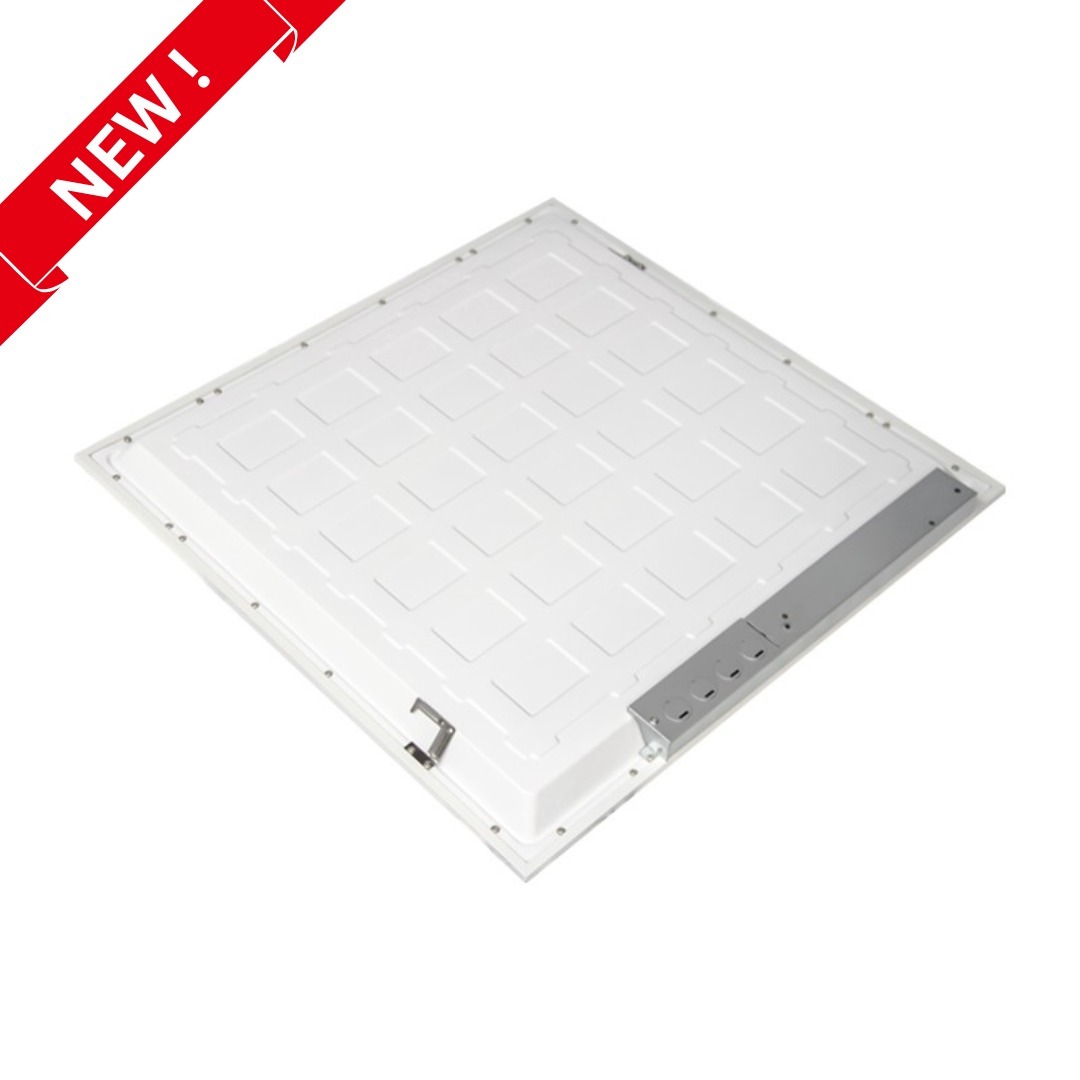Introduction to 0-10V DC Dimming
In the realm of LED lighting, 0-10V DC dimming stands out as one of the most reliable and widely used methods for controlling light intensity. This article delves into the intricacies of 0-10V dimming for LED lighting, offering valuable insights for technicians and LED lighting contractors seeking to enhance their expertise.
The Basics of 0-10V Dimming
0-10V dimming is a straightforward method to control the brightness of LED lights. By varying the direct current (DC) voltage between 0 and 10 volts, it adjusts the light output from 0% (off) to 100% (full brightness). Here’s a breakdown of the process:
- 0V: The light is off.
- 1V-9V: The light brightness increases gradually.
- 10V: The light is at full brightness.
This method ensures smooth dimming without flickering, making it ideal for various applications, from commercial spaces to residential environments.
Components of a 0-10V Dimming System
Dimmer Switch
The dimmer switch regulates the voltage sent to the LED driver. It is the primary control interface for adjusting light levels.
Photo by Fototocam via iStock
LED Driver
The LED driver receives the 0-10V signal from the dimmer switch and adjusts the power supplied to the LED fixtures accordingly. It ensures that the LEDs operate efficiently and within their specified parameters.
Photo by amazon
LED Fixtures
LED fixtures, such as panels, downlights, and strip lights, are the end components that emit light. They must be compatible with 0-10V dimming to function correctly within the system.
Philips Lighting (Signify)
Philips Lighting, now known as Signify, is a global leader in lighting solutions. They utilize 0-10V dimming technology in a range of commercial and residential LED lighting products. Their systems are designed for applications such as office buildings, retail spaces, and industrial facilities, ensuring optimal lighting conditions and energy efficiency.
Advantages of 0-10V Dimming
Precise Control
0-10V dimming provides precise control over light levels, allowing for smooth transitions from dim to bright. This level of control is essential in settings where varying light intensities are required, such as in theaters or conference rooms.
Energy Efficiency
By reducing the light output when full brightness is not needed, 0-10V dimming contributes to significant energy savings. This efficiency not only lowers electricity bills but also extends the lifespan of LED fixtures.
Compatibility and Versatility
0-10V dimming is compatible with a wide range of LED fixtures and drivers. Its versatility makes it suitable for diverse applications, from retail environments to industrial spaces.
Installation Considerations
Compatibility Check
Ensure that all components in the system—dimmer switch, LED driver, and LED fixtures—are compatible with 0-10V dimming. Incompatible components can lead to performance issues or even damage to the system.
Proper Wiring
Accurate wiring is crucial for the system to function correctly. Follow manufacturer guidelines meticulously, and use appropriate cables to avoid signal loss or interference.
Testing and Calibration
After installation, test the system to ensure smooth dimming without flickering or buzzing. Calibrate the dimmer switch if necessary to achieve the desired lighting performance.
Troubleshooting Common Issues
Flickering Lights
Flickering can result from improper wiring, incompatible components, or signal interference. Double-check connections and component specifications.
Limited Dimming Range
If the dimming range is not as expected, verify that the dimmer switch and LED driver are compatible and correctly configured. Some drivers may require additional settings adjustments.
Uneven Light Distribution
Ensure that the LED fixtures are evenly spaced and that the driver can handle the total load of the connected fixtures. Uneven distribution may indicate an overloaded driver.
Conclusion
0-10V DC dimming is a robust and versatile method for controlling LED lighting. Its precise control, energy efficiency, and broad compatibility make it a preferred choice for technicians and LED lighting contractors. By understanding the components, installation considerations, and troubleshooting tips, professionals can ensure optimal performance and longevity of their LED lighting systems.
FAQs
1. What is 0-10V DC dimming, and how does it work?
0-10V DC dimming is a method used to control the brightness of LED lights by varying the direct current (DC) voltage between 0 and 10 volts. At 0 volts, the light is off, and at 10 volts, it is at full brightness. Intermediate voltages provide proportional dimming levels, allowing for smooth and precise control of light intensity.
2. What components are required for a 0-10V dimming system?
A 0-10V dimming system typically consists of three main components: a dimmer switch, an LED driver, and LED fixtures. The dimmer switch regulates the voltage signal, the LED driver adjusts the power supplied to the LEDs based on the signal, and the LED fixtures emit light according to the power received.
3. What are the advantages of using 0-10V dimming for LED lighting?
The advantages of 0-10V dimming include precise control over light levels, energy efficiency, and broad compatibility with various LED fixtures and drivers. This method ensures smooth dimming transitions, reduces energy consumption, and extends the lifespan of LED lights, making it suitable for diverse applications.
4. How can I ensure that my 0-10V dimming system components are compatible?
To ensure compatibility, verify that the dimmer switch, LED driver, and LED fixtures are all designed for 0-10V dimming. Check the manufacturer’s specifications and guidelines for each component. Incompatible components can lead to performance issues, such as flickering or limited dimming range.
5. What should I do if my 0-10V dimming system experiences flickering or other issues?
If your 0-10V dimming system experiences flickering or other issues, start by checking the wiring connections to ensure they are correct and secure. Verify that all components are compatible and properly configured. If problems persist, consult the manufacturer’s troubleshooting guide or seek assistance from a qualified technician to diagnose and resolve the issue.




















